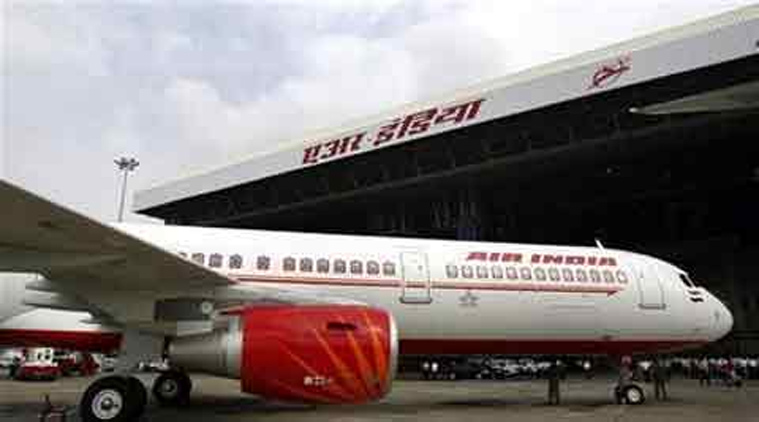At Mumbai airport, flights rarely on time, Air India most delayed
Limited parking slots, congestion are among major causes of delay
 A total of 3,143 passengers were affected due to Air India flight cancellations and 379 were denied boarding, the highest among domestic airlines. (File Photo)
A total of 3,143 passengers were affected due to Air India flight cancellations and 379 were denied boarding, the highest among domestic airlines. (File Photo)
Domestic airlines from Chhatrapati Shivaji International Airport (CSIA), Mumbai clocked the worst on-time performance (OTP) in April and May in comparison to other metro airports in the country, according to the Directorate General of Civil Aviation (DGCA). Air India suffered the most — less than 70 per cent in the OTP results for scheduled domestic airlines. According to DGCA data, as many as 43,827 affected passengers of Air India were compensated with Rs 72.58 lakh when domestic flights were delayed for more than two hours across the country.
A total of 3,143 passengers were affected due to Air India flight cancellations and 379 were denied boarding, the highest among domestic airlines.
Air India complies with the Route Dispersal Guidelines, which ensures there is no monopoly in popular sectors and encourages carriers to provide access to all parts of the country including the Northeast. According to the OTPs of scheduled domestic airlines complying with Route Dispersal Guidelines, Air India’s OTP was 66.5 per cent for May and 69.7 per cent for April. DGCA data indicated “reactionary” reasons relating to airport concerns, problems with the Air Traffic Control (ATC), weather, technical and passenger issues as reasons for the delays.
However, the data observed that infrastructure issues at the airport, in terms of parking and congestion, was the major reason causing the delays of Air India. “Air India was able to achieve a decent punctuality record of more than 75 per cent in all the other metro airports of the country. However, with CSIA, the infrastructure issues and limited parking slots are the major reasons for the delay caused. Also, we have to manage almost 50-60 flights on a daily basis from Mumbai. Thus, adjusting passengers to a big aircraft with more seating capacity also takes time,” said a spokesperson from Air India.
Being a national airline, complying with Route Dispersal Guidelines also increases their load capacity, Air India confirmed.
Among the other airlines, Jet Airways along with its subsidiary Jet Lite recorded 77.2 per cent OTP in May and 75.6 OTP in April. While Vistara’s OTP of 80.5 per cent was recorded to be the best in comparison to other airlines in May from Mumbai, it was still the lowest when compared to their performances at other metro airports.
“Multiple reasons can be the factors of causing the delay from Mumbai for our airlines. Due to ATC and congestion issues at Mumbai, our flights tend to queue up for a long time in the air. Also, as CSIA operates on one primary runway mostly, delay in the operations of a flight further affects the punctuality of other airlines behind it. Such issues are not witnessed by our airlines in other metro airports which either have more runways or lesser handling capacity,” said a Vistara spokesperson.
Watch Video: What’s making news
Almost 40-50 flights take off in an hour from CSIA daily, which handles more than 42 million passengers per year. “The runway capacity of CSIA is saturated. Every day, the domestic passenger capacity of CSIA keeps increasing and we have limited options as to where we can accommodate the growing concerns of passengers and airlines with the limited space we have for operations. Still, we try to offer maximum support as far as we can,” said a Mumbai International Airport Limited spokesperson.
“There exists no specific solution for the problem. Air traffic gets affected when even one airline arrives a few minutes before the designated time as it only invites more wait for it in the air. As safety is our utmost priority, we cannot call for the landing of a flight when the runway is already filled with a few flights to take off. As CSIA’s capacity is already quite limited, we are all awaiting the completion of Navi Mumbai airport which will relax the congestion and traffic at CSIA,” said Rajiv Saxena, General Manager ATC.
CSIA manages the movement of more than 750 aircraft daily. It handles more than 40 passenger airlines and 15 freight airlines flying to 45 international destinations.




- 01
- 02
- 03
- 04
- 05



























